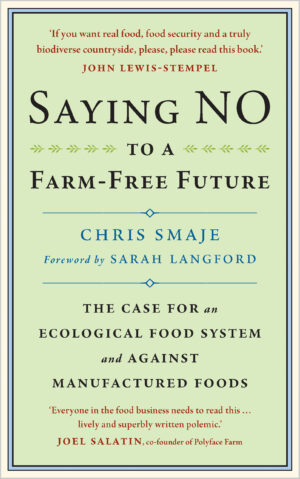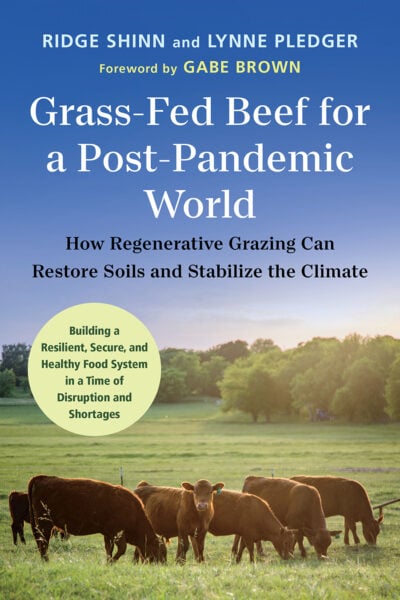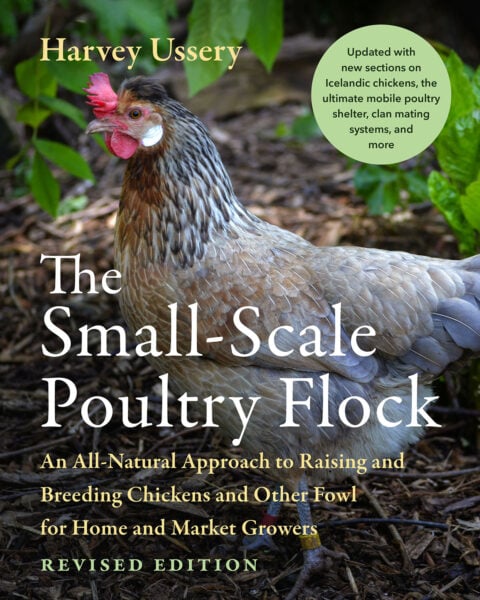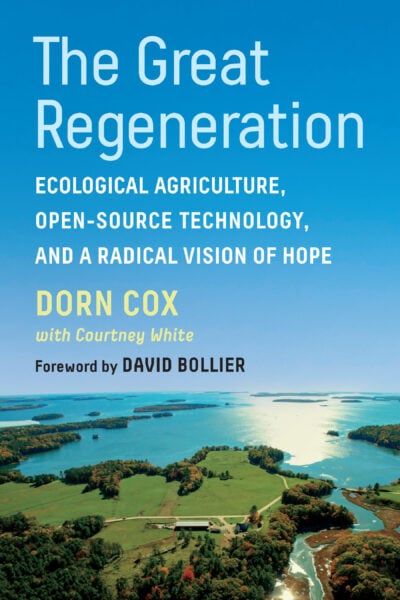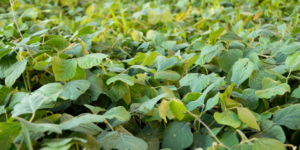A Game Of Chicken: The Demand for Real Meat
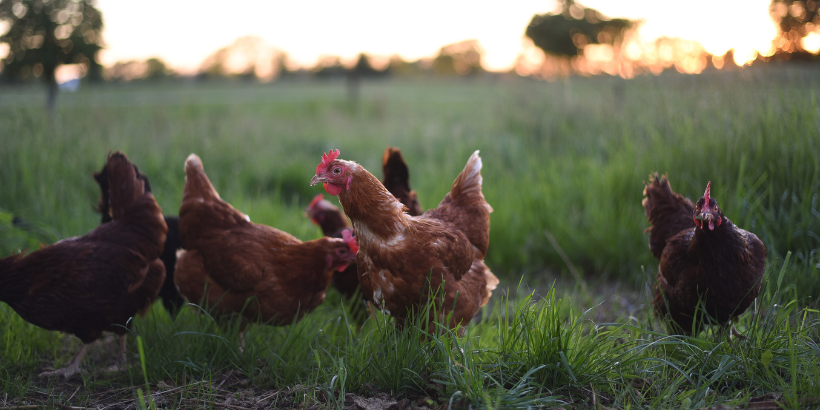
Meat production can be a tricky business. Everyone wants to consume real chicken and pork, but meeting this demand can be difficult for farmers and food companies. To ensure that we’re eating high-quality chicken and poultry, we must even out the demand for real meat.
The following is an excerpt from Saying NO to a Farm-Free Future by Chris Smaje. It has been adapted for the web.
How to Use Cropland Judiciously
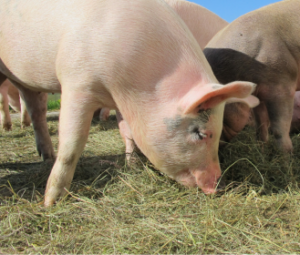 We know that cropland is pretty bad for greenhouse gas emissions, wildlife and a bunch of other things. So we need to use it judiciously. Using cropland judiciously means we shouldn’t be growing cropland grains and feeding them to confined chickens and pigs (or to feedlot cattle for that matter).
We know that cropland is pretty bad for greenhouse gas emissions, wildlife and a bunch of other things. So we need to use it judiciously. Using cropland judiciously means we shouldn’t be growing cropland grains and feeding them to confined chickens and pigs (or to feedlot cattle for that matter).
On mixed farms with the right stocking densities, chickens and pigs are wonderful waste recyclers whose own wastes are a boon and not a disposal burden. In concentrated feeding operations they’re wasteful consumers of precious arable crops, which could instead feed people directly with much greater efficiency. They’re also incubators of flu and related diseases, threatening humans with pandemics far less likely to spread from local mixed farming.24
Their wastes from these operations are major pollutants. Their quality of life is poor. And while the numbers of cattle and sheep in aggregate have increased by less than 50 per cent in the past sixty years, pig numbers have increased by a factor of 2.3 and chickens more than eightfold (for reference, human numbers have increased by a factor of 2.6 over that period).25
Pollutants: An Irresponsible Cycle
Rangeland ruminants cycle otherwise inaccessible nutrition into the human food web and, worldwide, many are in the hands of third-agriculture local agrarians operating outside commodified market routes. Yet they seem to attract a lot more opprobrium than feedlot chickens and pigs through misleading claims about their supposed ‘inefficiency’.
A suspicion arises about exactly who’s pressing this anti-pastoralist narrative and why. Monbiot is no fan of feedlots, but I daresay that badly evidenced articles with titles like ‘The Most Damaging Farm Products? Organic, Pasture-Fed Beef and Lamb’ play pretty well in agribusiness boardrooms.26 There’s a naïve irresponsibility here that’s hard to fathom.
Poultry Feed Lots: A Game of Chicken
Perhaps the best that can be said about chicken feedlots is that they’re the easiest way of producing meat worldwide in the kind of bulk that would be required if people in the Global South aspired to eat it in the quantities familiar in the Global North – and why shouldn’t they?
The five countries that have increased their chicken flocks the most over the last sixty years are Brazil, Pakistan, Indonesia, China and – way out in front – the US (there’s always the exception that proves the rule, and the exception is usually the US). The growth of soy production in biodiversity hotspots is intimately bound up with this trend.
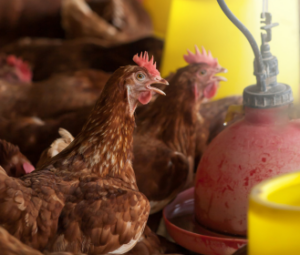 To me, this is (literally) a game of chicken. Who’s going to call out the fact that, globally, we cannot keep growing production to meet the demand for meat along with endless other products so that the Global Standard Consumer can experience the kind of consumption patterns taken for granted in the Global North?
To me, this is (literally) a game of chicken. Who’s going to call out the fact that, globally, we cannot keep growing production to meet the demand for meat along with endless other products so that the Global Standard Consumer can experience the kind of consumption patterns taken for granted in the Global North?
Who’s going to call out the fact that we cannot, either, techno-fix our way out of such problems with energetically extravagant wheezes like meat-mimicking manufactured food? As the dysfunctions of fossil-fuelled global economic growth and commoditised food chains increasingly bear down on us, it seems to me that the people who jump first and start charting a radically different path are the braver ones.
A Case for Meat Substitutes: Pros and Cons
Monbiot’s case for manufactured meat substitutes is built on the correct idea that increased prosperity drives consumer demand to replace plant-based sources of protein like beans with a tastier, and socially higher-status, source (meat) that Earth systems can’t support if it’s generalised across the whole human population.
But his case is also built on the questionable idea that consumers will happily embrace meat substitutes if they look and taste like meat, rather than continuing to demand the higher-status, authentic, luxury product precisely because it’s a higher-status, authentic, luxury product. The fact that you can drive a Ford Fiesta doesn’t mean that nobody wants to drive a Bugatti Veyron. The larger problem is in continuing to make mass consumerism the arena of human status consciousness.
Charting Our Own Path
There will probably always be a demand for real meat, and the more it becomes a scarce luxury product the greater the social status likely to accrue to those with the means to get hold of it. The greater, too, the incentive for producers to widen its availability within the existing structures of con- sumer capitalist society by lowering its price – wherein lie the origins of feedlot meat production.
Who’s going to be brave enough to acknowledge that unless we redress the extremes of economic inequality and create a different model of society, unless we learn to love a lot of grains and vegetables, with a generous side helping of dairy, just a little bit of meat, and almost no fossil fuels, then – a bit like Dr Seuss’s sneetches – we’ll status emulate our way to ruin?
Notes
24. Wallace2016.
25. FAOSTAT.
26. Monbiot,George(2022)‘TheMostDamagingFarmProducts?Organic, Pasture-Fed Beef and Lamb’, Guardian, 16 August, https://www.theguardian.com/environment/2022/aug/16/ most-damaging-farm-products-organic-pasture-fed-beef-lamb;cf. Sustainable Food Trust (2022) ‘More Extreme Claims from George Monbiot: The Sustainable Food Trust Responds’, SFT, 2 September, https://sustainablefoodtrust.org/news-views/ more-extreme-claims-from-george-monbiot-the-sustainable-food- trust-responds.
Recommended Reads
Recent Articles
Everyone loves a refreshing, fermented, nutritious drink…even your garden! Take your fermentation skills out of the kitchen and into the garden by brewing fermented plant juice. The following is an excerpt from The Regenerative Grower’s Guide to Garden Amendments by Nigel Palmer. It has been adapted for the web. How to Make Fermented Plant Juice Fermented…
Read MoreWant to see your crops thrive this upcoming growing season? The key is in soil fertility and health. Spend time maintaining your soil’s health to guarantee bigger and better crops come harvest time! The following is an excerpt from No-Till Intensive Vegetable Culture by Bryan O’Hara. It has been adapted for the web. What Is Soil Fertility?…
Read MoreMany know the effects of catnip on our feline friends, but few realize that catnip has medicinal effects for humans. From stomach aches to reducing fevers, catnip is a versatile herb with many benefits. The next time you grow this plant for your cat you may end up taking a few cuttings for yourself! The…
Read MoreIt’s time to take control of your seeds and become a plant breeder! Saving your seed allows you to grow and best traditional & regional varieties, and develop more of your own. The following excerpt is from Breed Your Own Vegetable Varieties by Carol Deppe. It has been adapted for the web. Becoming A Plant…
Read MoreTrying to figure out how to manage weeds in your garden beds? Use cover crops and living mulches for weed suppression while your garden flourishes! The following is an excerpt from The Ecological Farm by Helen Atthowe. It has been adapted for the web. Suppressing Weeds With Cover Crops: Getting Started Cover crops suppress weeds…
Read More

